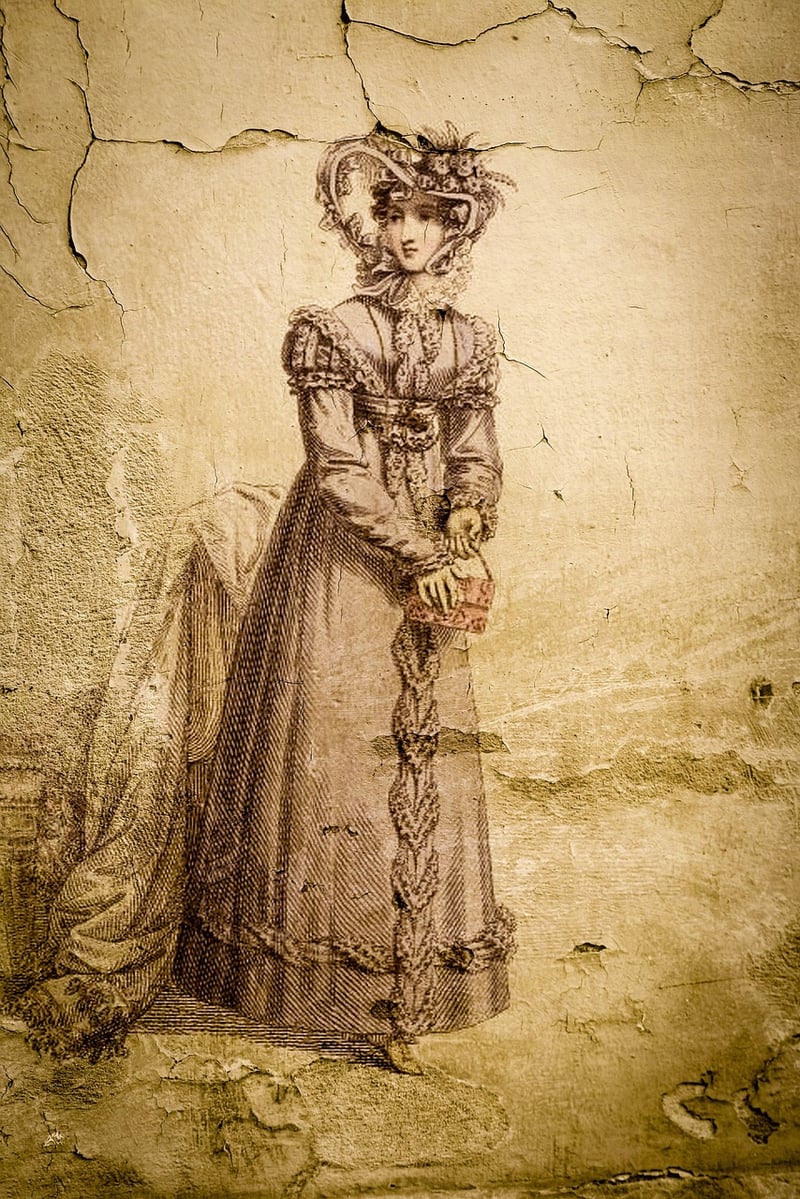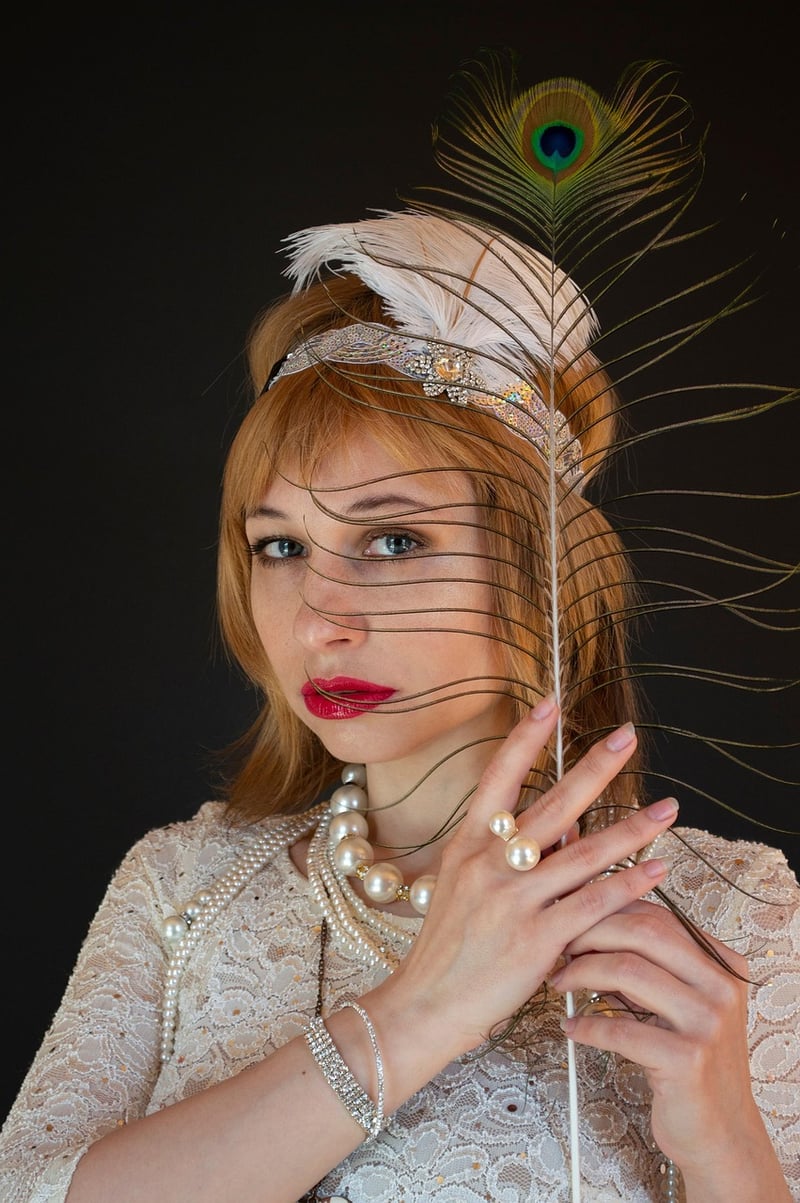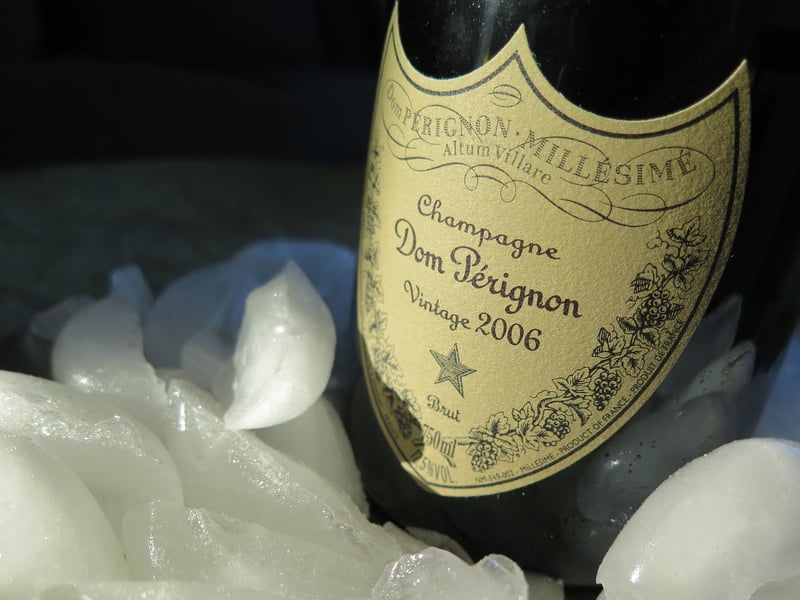Historical Etiquette
Guidance for Time Travelers: Historical Etiquette
Welcome, time travelers! Whether you find yourself journeying back to the Victorian era or catapulting into the Roaring Twenties, understanding historical etiquette is crucial to blending in seamlessly with the locals of the time. To ensure your time-traveling adventures are both enjoyable and respectful, here are some essential tips on historical etiquette.
Victorian Era (1837-1901)
In the refined world of the Victorian era, etiquette was of utmost importance. Here are some key points to keep in mind:
- Dress Appropriately: Women should wear long, modest dresses, while men should opt for suits or formal attire.
- Mind Your Manners: Politeness and decorum are highly valued. Address people with respect and use formal language.
- Tea Time: Afternoon tea is a sacred ritual. Remember to extend your pinky finger while sipping tea.
- Calling Cards: When visiting someone's home, leave a calling card to announce your presence.

Roaring Twenties (1920s)
The Jazz Age brought about a new wave of social norms and etiquette. Here's how to navigate the Roaring Twenties:
- Flapper Fashion: Embrace the flapper style with its iconic short dresses, bobbed hair, and bold accessories.
- Dance the Charleston: Get your dancing shoes on and master the Charleston, the popular dance of the era.
- Cocktail Culture: Enjoy a cocktail at a speakeasy, but remember to abide by the rules of Prohibition.
- Language of the Era: Brush up on the slang of the 1920s to communicate like a true flapper or sheba.

By following these guidelines on historical etiquette, you'll be well-prepared to immerse yourself in the customs and traditions of different time periods. Remember, respect for the past is key to a successful time-traveling experience!
Happy time traveling!
